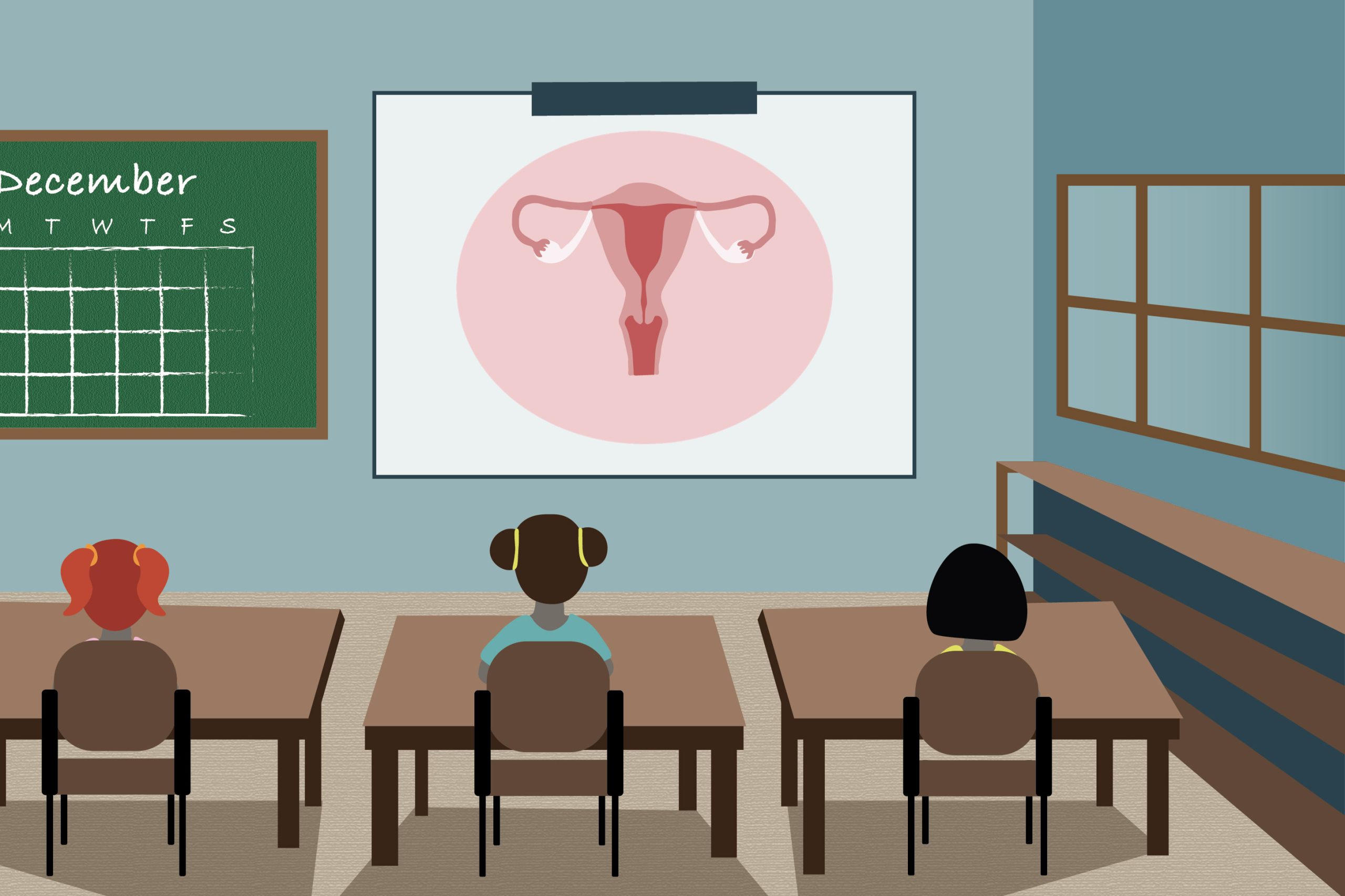I received a few brief lessons of sex ed from my science teacher in 6th grade. Our regularly scheduled science classes got put on hold as my middle school class got taught about periods, how someone becomes pregnant and how to put on a condom. I don’t remember a banana presentation, so my teacher must have just described the process.
Thirty giggly twelve-year-olds were then given the floor to ask questions like, “What is a flavored condom used for?” and for the boys to make jokes about “that time of the month.” That pretty much sums up the entirety of sex education I received at school.
Sex education in America continues to leave out important topics that help to secure safe sexual relationships, leaving students unknowledgable on various subjects.
Sex education in the United States also consistently prioritizes male participants in heterosexual relations and leaves out guidance for students in the queer community. It is time for sex education to develop into a standardized, comprehensive program that provides opportunities for open conversations about sex.
Sex education is currently only mandatory in 30 states. Only 22 states require that if sex education or HIV education is provided, that it is medically accurate. This results in sex education in the United States that emphasizes abstinence. In fact, some states in America only require that it be taught in schools if the teenage pregnancy rate in the county is above what is deemed acceptable by the state.
Abstinence-based education results in unprotected sex, is ineffective at decreasing teenage pregnancy rates and causes feelings of shame in students, particularly female students. This type of education measures worth of female students by their purity and places the blame of consentual sexual relations between two people on only one partner.
On top of the many issues with abstinence focused forms of teaching, sex education in America commonly leaves out the important topics of consent, safe sex, sexuality, sexual wellness, STDs, pleasure and what sex looks like for those in the queer community. By the last time students are offered sex education in school, whether it’s in middle or high school, many students, specifically female and LGBTQ+ students, are left with more than a few unanswered questions.
This is if students are even offered sex education in school at all. Countless students in America simply are not offered any guidance at all. Many parents turn to outside sources to educate their children, but these services are only reachable for families who can afford them and want their children to be knowledgable on sex, which unfortunately many do not.
In fact, many parents opt to remove their students from the sex ed classes offered in school, siting religion or personal morals as reason. Parents would never be given the option to pull their student out of a math or history class. I would argue that I’ll use lessons taught in sex education more than the lessons taught in most of my math classes.
Feeling unknowledgable and unprepared, many teenagers and young adults turn to the internet, an often unreliable and inaccurate source. Queer students especially receive little to no education on how queer sexual relations different from that of heterosexual relations. While having parents or other adult figures to help educate you about sex is beneficial, learning about sex in a different environment with adults trained to teach it is extremely important. Feeling unjudged and comfortable asking questions is a necessity in sex education, that parents cannot often appease.
Cal Poly, among other universities in America, offer different forms of sex education. Cal Poly, specifically, requires that all students participate in consent and sexual assault training before starting classes. While these trainings have good intentions, they are introduced far too late in students’ lives and are unengaging. It shouldn’t take until the ages of 17 or 18 to first be introduced to the concept of consent in an educational way.
A more sex-positive approach to sex ed would have countless benefits for students.
Making a sex-positive approach to sex education standardized means higher awareness and knowledge of STDs, a decrease in unwanted pregnancies and a better comprehensive understanding of sex for all students. Ensuring students are well-educated now means gaining knowledgeable adults in the future that treat their sexual partners with respect.
Discovered on: 2022-12-15 17:00:00
Source: Sex education in America still fails to properly educate



